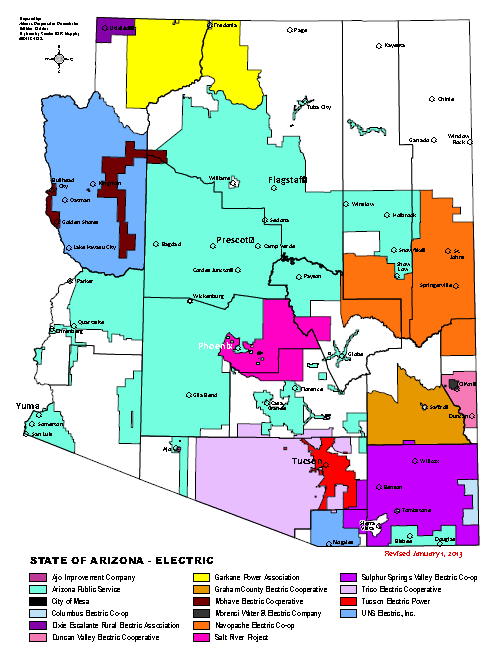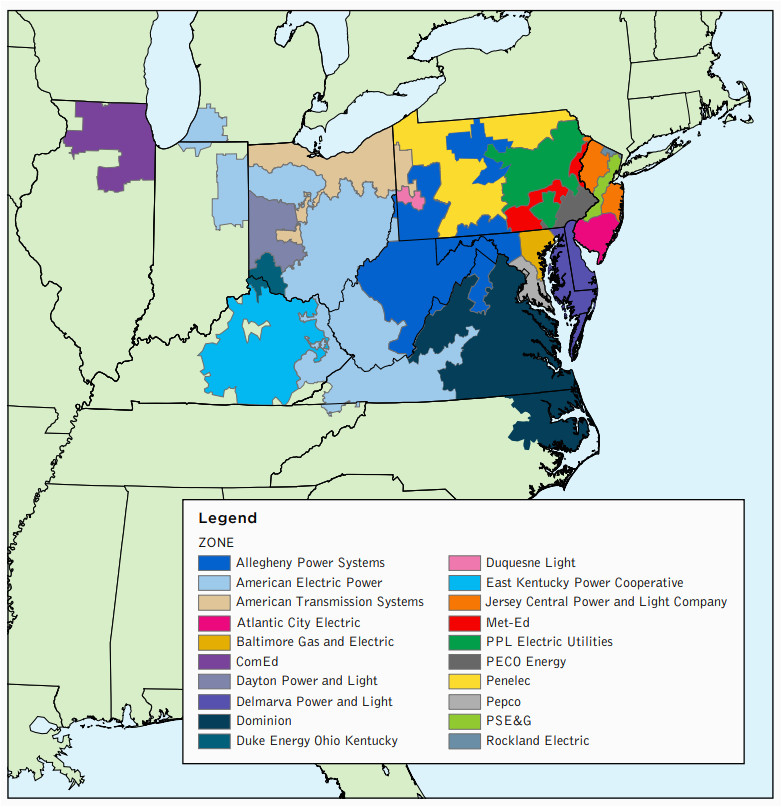
Second, there is no ISO/RTO in the south because of the dominance of the southern utilities. Three important things to note from this map.įirst, ERCOT operates the electric grid in Texas – unlike other ISOs, FERC does not oversee ERCOT because of its separate electric grid. While there are large variations between ISOs, these ISOs are generally increasing competition and removing regulatory barriers to participating in electricity markets. Beginning at the federal level with FERC Order 888, electric restructuring is fundamentally changing how electricity is generated, transmitted, and sold across the country. This is one of the most important regulatory developments in electricity in the last twenty years and probably gets less attention than it should. electricity is generated and consumed in regions operated by wholesale electricity markets called ISOs/RTOs. Traditionally, vertically-integrated utilities had this role. While NERC is responsible for reliability standards, it actually does not operate the grid on a day-to-day basis. Wholesale Markets Dominate Electricity Dispatch The large transmission build outs that may be required for high penetrations of variable renewable energy would have to overcome these divides and NERC would play a key role in any such transmission buildout. In order to avoid federal regulation of its electricity system, Texas has built its own electric grid and not connected it to the rest of the country. Covering most of Texas, it is one of the more interesting quirks of the U.S. The ERCOT interconnection, however, is different. The divide between the Eastern and Western interconnections make sense because of the geographic distances involved. and Canada.įinally, and most interestingly, this maps illustrates how there are actually three primary electric grids in the United States (called interconnections).

This hints at the significant electricity trade between the U.S. Second, the map indicates how these reliability entities cross international borders, primarily into Canada. Electric reliability is probably the first and foremost service that our electric grid is intended to promote and these entities are responsible for achieving that. First, there are eight regional entities that work with the North American Electricity Reliability Corporation to maintain electric reliability across the country. While the first map shows the power plants in the country, this map illustrates how these systems are operated. There are actually three main electric grids in the U.S. Finally, despite the increasing popularity of solar, utility-scale solar power plants remain concentrated primarily in California, although there is a notable cluster in North Carolina. Wind capacity is installed primarily across the Great Plains but virtually absent from the South. While hydro is present in most parts of the country, it dominates the Northwest. Coal capacity is scattered across the rust belt and in the Southern U.S., but virtually absent from the West Coast and the Northeast. In total, there are 16,472 electric generating units larger than 1 MW, which have a combined capacity of 1,066,317 MW (as of November 2015). I like this because it really demonstrates the regional geographies of electricity generation that shape the other factors covered in the rest of this article. Operating utility-scale generating units as of September 2015įirst off is a relatively new map from EIA that shows all operating large power plants in the country. electric grid and hint at the many challenges of transitioning the grid to new fuels. Below are some of my favorite maps that illustrate the extreme complexity of the U.S.

No one map can display everything about our grid, but geography is key to understanding the diversity of resource mixes, regulatory regimes, and policies across the country. When I first started doing energy analysis, maps were key to learning how our system works.

Making an image about something as abstract as regulatory change is difficult, which is why I often turn to maps when thinking about electricity. I’m a visual learner so when trying to think about a lot of these changes, I visualize them. All of these changes can be hard to conceptualize, particularly when trying to make sense of how multiple factors interact with each other. Electricity in the United States is going through massive changes: the generation mix is shifting rapidly, regulatory and industry models are evolving, and policy is playing an ever important role.


 0 kommentar(er)
0 kommentar(er)
